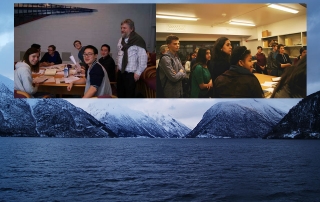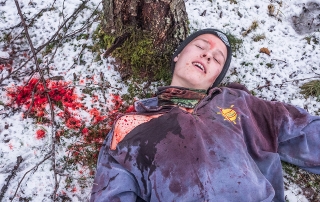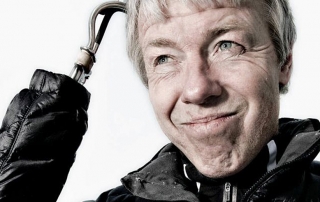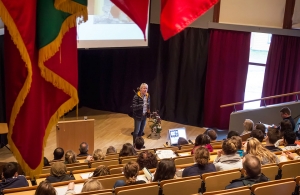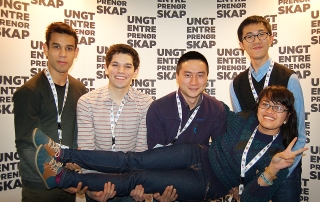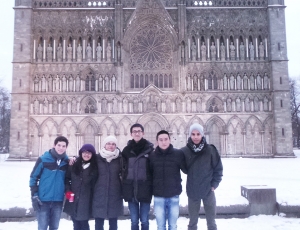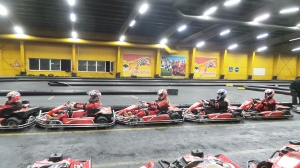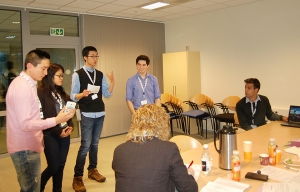County Archives
After a day-long visit to the county archives, First year student Valery Vakhitova writes,
On Tuesday 10th February, first years students (studying IB Group 3 subjects) were given the opportunity to visit the Archives of Sogn og Fjordane. We were met with a very warm welcome and it was lovely to speak to all those people who make so many efforts to preserve information and save the history of the County. First, we had a brief introduction to the Norwegian system of regulation (Parliament, Country Council and municipalities) and after this we received a presentation of all of the contents of the archives.
We also had a small excursion inside the archives where we were explored the storehouse and the many dozens of shelves. After lunch we had 6 workshops. One of the workshops was entitled “Historical photos/ private archives: Malla Moe – Norwegian missionary to Africa”. We had about 10 letters from Malla Moe – the first was written in 1929 and the last one in 1951 (two years before her death). Looking at these letters and photos we were challenged to find which mission she had in Swaziland and what her purpose was in writing the letters. It was an amazing workshop full of brain storming and different puzzles and clues to this one character.
The day ended with a delicious dinner in a Chinese restaurant.
Thankyou to our teachers for putting on this wonderful trip for us. We all enjoyed it!

